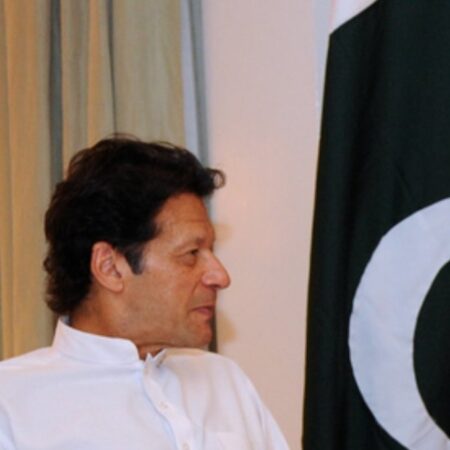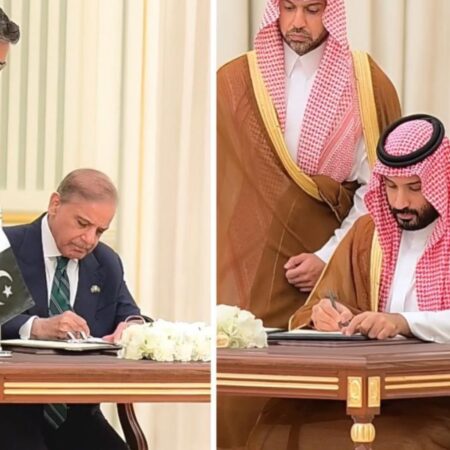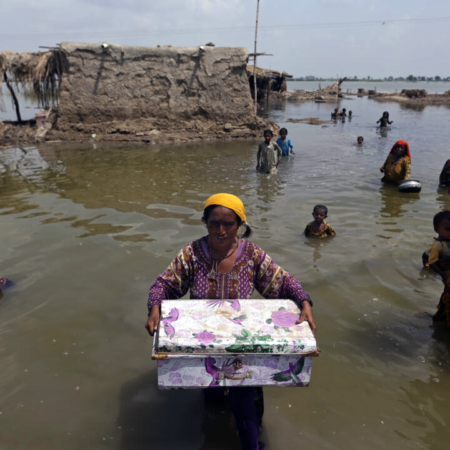According to local media, a huge explosion that had destroyed Iran’s major commercial port the previous day had left at least 25 people dead and hundreds more injured, and fires were still burning on Sunday.
A percent of the world’s oil production goes through the Strait of Hormuz, and the explosion happened on Saturday at Shahid Rajaee Port in southern Iran.

The explosion was likely caused by a fire that started at the hazardous and chemical products storage depot, according to a statement from the port’s customs office that was broadcast on state television. Multiple containers have exploded, according to a regional emergency authority.
According to a source close to Iran’s Islamic Revolutionary Guard Corps who spoke to the New York Times on condition of anonymity to discuss security issues, sodium perchlorate, a key component of solid fuel for missiles, was the cause of the explosion.
A revised death toll of 25 was released on Sunday by Iranian news outlet Tasnim, which cited the head of the regional judiciary. According to state TV, almost 800 individuals were hurt.
Thick black smoke was still visible at the location on Sunday, according to live footage. “The fire is under control but still not out,” a state TV correspondent stated from the scene roughly 20 hours after the incident.
According to the Fars news agency, the explosion was so strong that it could be heard and felt almost fifty kilometers away.
Eskandar Momeni, the interior minister, stated on Sunday while on the scene that “the situation has stabilized in the main areas” of the port.
Workers have resumed loading containers and clearing customs, he told state TV.
Following the explosion at Shahid Rajaee, more than 1,000 kilometers south of Tehran, images released by news agency IRNA on Saturday showed survivors and rescuers moving along a broad boulevard covered in rubble.
A truck trailer was engulfed in flames, a smashed car’s side was smeared with blood, and a helicopter sprayed water on enormous clouds of black smoke rising from behind piled cargo containers.
According to the Tasnim news agency, “the shockwave was so strong that most of the port buildings were severely damaged.”
Lamenting
While the provincial blood transfusion center called for donations, state TV stated that hundreds of casualties “have been transferred to nearby medical centers,” citing local emergency services.
Since Saturday marks the beginning of the Iranian workweek, the port would have been crowded with workers.
According to China’s state broadcaster CCTV, which cited its embassy in Bandar Abbas, three Chinese people were “lightly injured.”
Masoud Pezeshkian, the president of Iran, said he had “issued an order to investigate the situation and the causes” and offered his condolences to the victims of the fatal explosion.
Saudi Arabia conveyed condolences, and the United Arab Emirates declared “solidarity with Iran” over the explosion.
According to state TV, all workplaces and schools in Bandar Abbas, the local capital of Hormozgan province, were ordered to close on Sunday in order to give officials time to concentrate on the emergency operation as choking smoke and air pollution spread over the area.
Residents were advised by the health ministry to wear protective masks and refrain from going outside “until further notice.”
Throughout the province, authorities proclaimed three days of public mourning.
In a statement distributed by local media, the state-owned National Iranian Oil Products Distribution Company said that the explosion “has no connection” to its facilities and that its operations in Bandar Abbas had not been disrupted.
The explosion occurred during high-level negotiations between Iranian and US delegations on Tehran’s nuclear program in Oman, when both parties reported progress.
Although the explosion appears to be an accident, Iranian officials have been engaged in a shadow war with Israel, a regional adversary, for years.
The Washington Post claims that Israel targeted the Shahid Rajaee Port with a cyberattack in 2020.












No Comment! Be the first one.